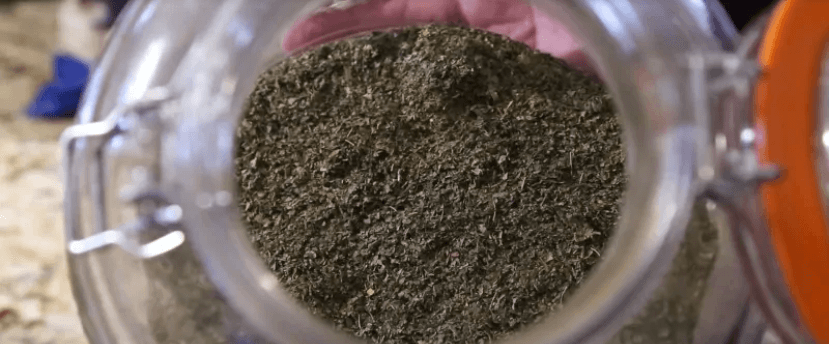The Food and Drug Administration on Tuesday intensified its warnings about kratom, saying new research provides strong evidence that the unregulated botanical substance has “opioid properties” and is associated with 44 deaths.
“We feel confident in calling compounds found in kratom, opioids,” FDA Commissioner Scott Gottlieb said in a statement. The agency’s conclusion is based on recent computational modeling and on scientific literature and reports of adverse effects in people, he said. The new data, he added, reinforced agency concerns about kratom’s “potential for abuse, addiction and serious health consequences, including death.”
The substance, which is imported from Southeast Asia and marketed as a supplement, has become increasingly popular among consumers looking for relief from pain, anxiety and depression as well as opioid-withdrawal symptoms. Kratom, which is sometimes used for recreation, can produce a feeling of euphoria. Advocates call it a safe way to deal with chronic pain and other conditions, and some researchers are exploring whether it helps people overcome addictions. But other researchers warn that the herb, taken in capsules or by drinking tea, is too risky to use.
Gottlieb, in a November public health advisory and again Tuesday, said there are no FDA-approved uses for kratom. The agency is now aware of 44 kratom-associated deaths between April 2011 and last December, including one in which the individual had no known “historical or toxicologic evidence of opioid use, except for kratom.”
In many of those cases, kratom was used along with other drugs, making it difficult for authorities to determine the actual cause of death. Kratom proponents have said the government sometimes blames kratom for deaths caused by other substances, but the new fatality cited by the FDA, given the absence of other substances, “reinforces our concerns,” Gottlieb said.
The new FDA analysis comes as the Drug Enforcement Administration considers whether to classify kratom as a controlled substance. In 2016, the DEA announced plans to place kratom temporarily in Schedule 1 of the Controlled Substances Act, a category for drugs such as heroin. The move would have effectively banned its use. But officials backtracked after a public outcry and pressure from some members of Congress. In withdrawing its plan, the agency asked the FDA to speed up a scientific and medical evaluation on kratom.
The FDA provided that evaluation late last year. A DEA spokeswoman said Tuesday that it could take “months or even years” to decide whether to schedule something as a controlled substance.
Gottlieb said his agency developed its computational model to identify the possibility of abuse of designer street drugs for which there is little pharmacological data. The model, he said, can predict how a substance will behave in the body and affect various receptors in the brain based on its chemical structure and its similarity to drugs for which there is data.
Using that model, FDA scientists analyzed the 25 most common compounds in kratom and concluded that all of them share the most structural similarities with opioid painkillers such as morphine derivatives. The model also showed that 22 of the compounds bind strongly to opioid receptors in the brain and to receptors “that may contribute to stress responses that impact neurological and cardiovascular function.”
The agency previously warned of kratom’s side effects, including seizures and respiratory depression.
After the FDA’s November announcement, Jack Henningfield, an addiction specialist who works at the drug policy consulting group Pinney Associates, said that surveys of kratom users suggest that many are taking the supplement to help stop using opioids. Henningfield, who has done work for the nonprofit American Kratom Association, argued late last year that the substance’s “overall abuse potential and risk of death isn’t anything close to narcotics like opioids,” and warned that restricting or banning it could drive some people onto the black market to buy it or push them back to opioids.
The association estimates that 3 million to 5 million people in the United States have used kratom or are doing so.
Source: Washington Post

